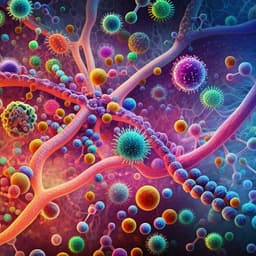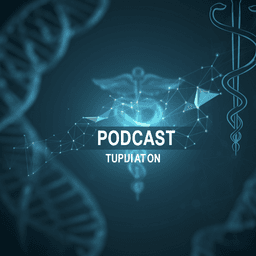
Medicine and Health
Non-Reference Quality Assessment for Medical Imaging: Application to Synthetic Brain MRIs
K. V. E. Risager, T. Gholamalizadeh, et al.
Discover groundbreaking research by Karl Van Eeden Risager, Torkan Gholamalizadeh, and Mostafa Mehdipour Ghazi that transforms the assessment of brain MRI quality using a novel, non-reference deep learning approach. This innovative technique evaluates artifacts in MRI scans and generates high-fidelity synthetic 3D images, providing crucial insights for enhancing medical imaging standards.
~3 min • Beginner • English
Related Publications
Explore these studies to deepen your understanding of the subject.







